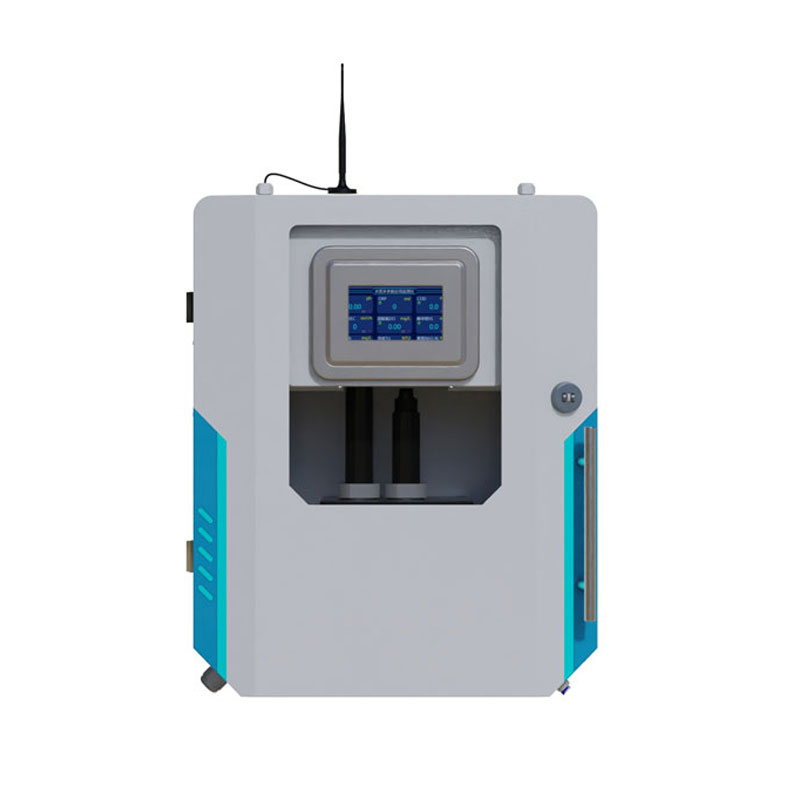
Online Turbidity Monitor
Model:FT-GSZ9
Brand:fengtu
1、Online Turbidity Monitor Product Introduction
Online Turbidity Monitor uses optical measurement technology to continuously and accurately measure turbidity, which is widely used in water plants, water stations and other fields.Online Turbidity Monitor water quality monitoring system is a comprehensive sensor data collection, display, and historical curve monitoring system based on IoT technology.It consists of a flow stabilization and exhaust unit, an analysis and monitoring sensor unit, a system control unit, and a remote communication unit.It features comprehensive power supply, network communication, and real-time cloud-based data observation and analysis.
2、Online Turbidity Monitor Applications
This device is designed for online water quality monitoring at water supply terminals with a pressure below 0.3 MPa.It can be widely used in urban and rural waterworks, water distribution networks, secondary water supply systems, user terminals, indoor swimming pools, large-scale water purification facilities, and direct drinking water.It is an essential online analyzer for water plant production process control, water conservancy, water management, and health supervision.
3、Online Turbidity Monitor Functions and Features
1.4G GPRS networking.
2.Supports RJ45 network expansion.
3.Supports remote sensor transmission.
4.4.3-inch touchscreen display.
5.Supports 8GB of data storage and TF card data export.
6.Supports one RS485 Modbus-RTU slave.
7.Supports multiple RS485 Modbus-RTU sensor expansions.
8.Supports IoT data display, storage, and analysis platform.
9.The platform supports data forwarding through multiple protocols, including TCP short links and HTTP.
4、Online Turbidity Monitor System Components
The water quality monitoring microsystem consists of a power supply unit, a sensor data monitoring unit, a display unit, a flow cell unit, a remote communication unit, and an integrated box main unit.
1.Power Supply Unit
Power Adapter: AC220 to DC12V/2A.
2.Analysis and Testing Unit
The analysis and testing unit is mainly composed of water temperature and turbidity sensors, which are fixed to the flow cell through threads or tight fitting fixtures.The main parameters of the sensors are as follows
| Serial number | Sensor type | Measurement range | Measurement principle | Measurement accuracy |
| 1 | Water temperature | 0~50℃ | High-precision digital sensor | ±0.3℃ |
| 2 | Turbidity | 0~40NTU (optional) | Scattering light method | ±1% |
Note: The sensor should not be installed upside down or horizontally.It should be installed at a minimum angle of 15 degrees.
The operating environment of the above water quality sensors is 0-50°C and <0.3 MPa.
The sensor can be configured to meet specific monitoring requirements.The above sensor parameters are only for reference.Please read the sensor manual for details.
Article address:https://www.sqqx.net/en/Drink-Water-Monitor/Online-Turbidity-Monitor.html

 +86 15898932201
+86 15898932201 Get a Free Quote
Get a Free Quote



